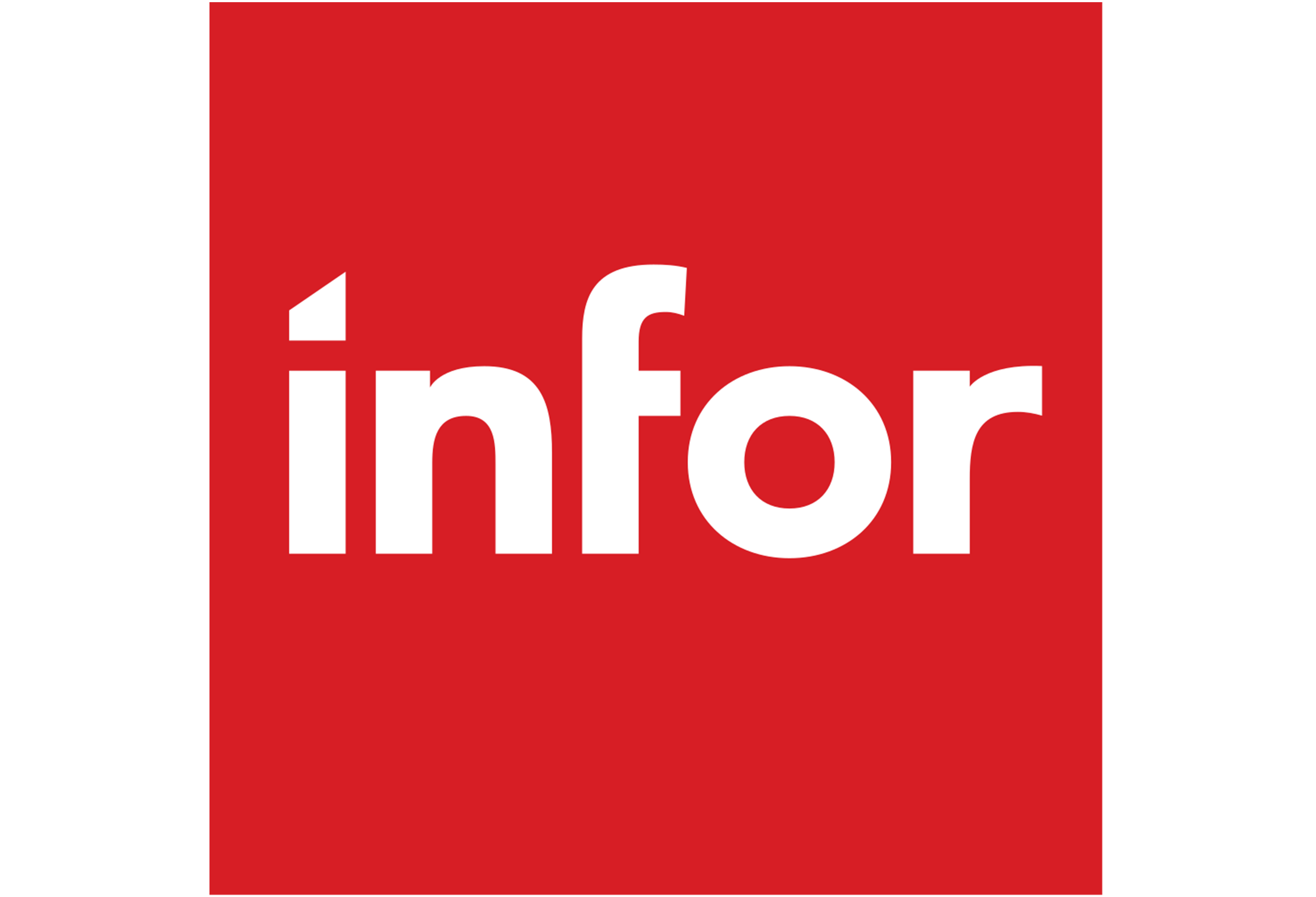
บทความโดย นายฟาบิโอ ทิวิติ รองประธาน บริษัท อินฟอร์ อาเชียน
องค์กรด้านซัพพลายเชนจะต้องมั่นใจว่าขั้นตอนการทำงานต่าง ๆ กำลังดำเนินไปอย่างเหมาะสม และมีการใช้เครื่องมือดีที่สุดในทุกขั้นตอนการทำงาน ไม่ว่าจะเป็นการคาดการณ์ความต้องการ, การจัดซื้อ, การผลิต, การจัดการสินค้าคลัง และโลจิสติกส์ รวมถึงงานทุกอย่างที่เกิดขึ้นระหว่างกระบวนการเหล่านี้ อย่างไรก็ตามไม่ว่าความกดดันจะเกิดจากระบบซัพพลายเชนของโลกมีความซับซ้อนมากขึ้น หรือต้องการสร้างความแตกต่างในตลาดด้วยอัตรากำไรที่ลดลงก็ตาม เครื่องมือในการบริหารจัดการซัพพลายเชนรุ่นเก่าก็ไม่สามารถสนองตอบต่อเป้าหมายขององค์กรด้านซัพพลายเชนในปัจจุบันได้ ซึ่งเป้าหมายดังกล่าวนี้การ์ทเนอร์ได้ระบุไว้ว่าคือ “ต้องมั่นใจได้ว่าซัพพลายเชนจะมีประสิทธิผลที่ดี คล่องตัว และตอบสนองความคาดหวังของลูกค้า ถึงแม้จะมีความท้าทายจากความผันผวน ความไม่แน่นอน ความซับซ้อน และความคลุมเครือก็ตาม”
เทคโนโลยีได้พัฒนาไปถึงจุดที่สามารถสนับสนุนให้เกิดการแบ่งปันข้อมูลอย่างกว้างขวางระหว่างสมาชิกที่อยู่ในระบบนิเวศซัพพลายเชนด้วยกัน รวมถึงช่วยให้องค์กรสามารถรวบรวมข้อมูลเข้าด้วยกัน และตีความข้อมูลนั้นเพื่อนำไปใช้ในการตัดสินใจได้ดีขึ้น แพลตฟอร์มที่ทันสมัยต่าง ๆ เช่น คลาวด์ และเครื่องมือที่ทันสมัย เช่น ปัญญาประดิษฐ์ (AI) และอินเทอร์เน็ตออฟธิงค์ (IoT) ช่วยเสริมศักยภาพให้องค์กรด้านซัพพลายเชนสามารถประเมินและตัดสินใจดำเนินงานด้านต่าง ๆ ที่จะขับเคลื่อนให้เกิด ผลลัพธ์ที่ดีที่สุดได้
พัฒนาจากการตั้งรับเป็นซัพพลายเชนเชิงรุก
ถึงแม้ว่าระบบนิเวศซัพพลายเชนจะประกอบไปด้วยเครือข่ายของซัพพลายเออร์, พันธมิตรทางการค้า, ผู้ให้บริการด้านการเงิน และลูกค้าทั่วโลก แต่ซัพพลายเชนจำนวนมากก็ยังคงดำเนินงานไปทีละขั้นตอนงานใครงานมันตามแนวทางที่เคยทำกันมา โดยต่างก็ให้ความสำคัญเป็นพิเศษต่อกฎข้อบังคับขององค์กรตน แต่เนื่องด้วยกระบวนการและข้อมูลต่าง ๆ ของซัพพลายเชนมากกว่า 80% เกิดขึ้นภายนอกองค์กรแต่ละแห่ง การใช้เทคโนโลยีที่จะช่วยให้องค์กรสามารถแบ่งปันข้อมูลและทำงานร่วมกันได้ (ที่ไม่ได้ร่วมงานกันโดยตรง และเป็นการทำงานนอกองค์กร) จึงเป็นสิ่งจำเป็น เพราะจะช่วยปรับปรุงประสิทธิภาพการทำงานของซัพพลายเชนทั้งระบบตั้งแต่ต้นทางจนถึงปลายทางให้กับพันธมิตรและลูกค้า
นอกจากนี้ ปริมาณการรวบรวมและแบ่งปันข้อมูลจำนวนมากที่เกิดขึ้นในสภาพแวดล้อมธุรกิจปัจจุบัน มักจะเกินขีดความสามารถของระบบและซอฟต์แวร์รุ่นเก่าที่จะรองรับได้ แต่การใช้ฟังก์ชั่นที่จำเป็นและที่ได้รับการอัปเดตแล้วนั้นจะต้องมีการอัปเกรดที่ดีและมีค่าใช้จ่ายสูงซึ่งยากที่จะจัดการเองภายในองค์กรโซลูชั่นที่ทำงานบนคลาวด์จะช่วยขจัดค่าใช้จ่ายในการดำเนินงานและการลงทุน ที่องค์กรอาจต้องรับภาระเพื่อให้ได้ฟังก์ชั่นที่จำเป็นต้องใช้งาน
ระบบและซอฟต์แวร์รุ่นเก่ายังหมายถึงการที่องค์กรต่าง ๆ มักต้องพึ่งพากระบวนการที่ล้าสมัย เช่น การใช้สเปรดชีทและอีเมลเพื่อคัดเลือกและแบ่งปันข้อมูล กระบวนการแบบแมนนวลเช่นนี้อาจเป็นอุปสรรคต่อการผลิตและการตัดสินใจได้ การบริหารจัดการซัพพลายเชนในปัจจุบันจำเป็นต้องใช้ระบบอัตโนมัติ ต้องมีประสิทธิภาพและความรวดเร็วในการทำงาน เครื่องมือที่ทำงานบนคลาวด์ เช่น แมชชีนเลิร์นนิ่ง (ML), AI, IoT และดิจิทัลทวินส์ (Digital Twins) มีสมรรถนะต่าง ๆ ที่องค์กรต้องการใช้เพื่อเก็บรวบรวมและดำเนินการตามการวิเคราะห์และข้อมูลเชิงลึกได้อย่างมีประสิทธิภาพ
การใช้มุมมองแบบองค์รวมของซัพพลายเชนเช่นนี้ ทำให้เกิดการปรับเปลี่ยนการดำเนินงานซัพพลายเชนจากแบบ “ดั้งเดิม” ไปเป็นแนวทางที่ “ทำงานเชื่อมโยงกันทั้งระบบเพื่อเพิ่มประสิทธิภาพและประสิทธิผล (value chain orchestration)” ซึ่งสิ่งนี้ไม่เพียงแต่เกี่ยวข้องกับการปรับเปลี่ยนจากงานแบบแมนนวลไปเป็นกระบวนการทำงานแบบอัตโนมัติเท่านั้น แต่ยังหมายถึงการกำจัดการทำงานแบบไซโลออกไปด้วยแอปพลิเคชั่นคลาวด์ที่ทันสมัยสามารถมอบสมรรถนะในการมองเห็น และควบคุมซัพพลายเชนได้ทั้งระบบตั้งแต่ต้นทางถึงปลายทาง
เมื่อองค์กรสามารถตัดสินใจเชิงรุกได้มากขึ้นก็จะตอบสนองต่อเหตุการณ์ต่าง ๆ ได้รวดเร็วขึ้น เครื่องมือต่าง ๆ บนระบบคลาวด์สามารถเปลี่ยนซัพพลายเชนรุ่นเก่า ให้กลายเป็นซัพพลายเชนที่มีความยืดหยุ่นและคล่องตัว พร้อมที่จะปรับเปลี่ยนเมื่อต้องการและก้าวล้ำนำหน้าคู่แข่งได้
ค้นหาพันธมิตรด้านคลาวด์ที่เหมาะสม
การปรับใช้โซลูชั่นซัพพลายเชนบนระบบคลาวด์ที่ทันสมัยมักจะสามารถนำไปใช้ให้เกิดประโยชน์ได้อย่างรวดเร็วและง่ายดาย ด้วยโซลูชั่นใหม่ที่พร้อมใช้งานภายในไม่กี่สัปดาห์ แทนที่จะต้องใช้เวลานานหลายปีเหมือนกับการใช้งานแบบ on-premises โดยปกติโซลูชั่นบนคลาวด์จะรวมเครื่องมือทั้งหมดที่องค์กรจำเป็นต้องใช้ในการจัดการ value chain ดิจิทัลไว้ทั้งหมด แต่การทรานส์ฟอร์มสู่ดิจิทัลของการจัดการซัพพลายเชนองค์กรไม่จำเป็นต้องใช้ความพยายามมากมายรอบด้านขนาดนั้น
ดิจิทัลทรานส์ฟอร์เมชั่นอาจบรรจุอยู่ในกระบวนการด้านกลยุทธ์ และแผนงานที่ได้วางไว้อย่างดี เช่น โครงการเล็ก ๆ ที่ปรับให้เหมาะกับแบนด์วิดท์ งบประมาณ และความต้องการที่เกิดขึ้นทันทีทันใดขององค์กร องค์กรต่าง ๆ ยังสามารถใช้วิธีการแบบค่อยเป็นค่อยไป โดยแบ่งเป้าหมายที่ใหญ่กว่าออกเป็นส่วนเป็นช่วง ๆ ที่สามารถจัดการได้สะดวก ผลกำไรที่ได้จากแต่ละช่วงยังอาจนำไปเป็นทุนให้กับการทำงานช่วงต่อไป นอกจากนี้ความสำเร็จในช่วงแรก ๆ จะสร้างแรงกระเพื่อมและช่วยให้ได้รับการสนับสนุนระหว่างการทรานส์ฟอร์มสู่ดิจิทัลได้
เมื่อเลือกเครื่องมือที่เหมาะสมเพื่อปรับปรุงซัพพลายเชนให้ทันสมัยได้แล้ว องค์กรต่าง ๆ ควรร่วมมือกับผู้ให้บริการคลาวด์ที่สามารถช่วยให้องค์กร “go lives” ระบบได้เร็วขึ้น เพื่อลดเวลาในการเปลี่ยนแปลงระบบและการหยุดชะงักของธุรกิจให้เหลือน้อยที่สุด และถึงแม้จะมีการใช้งานโซลูชั่นใหม่แล้วก็ตาม แต่ผู้ให้บริการคลาวด์ควรให้บริการการอัปเดทฟังก์ชั่นและฟีเจอร์ที่ราบรื่น โดยมีดาวน์ไทม์เพียงเล็กน้อยหรือไม่มีเลย ซึ่งจะช่วยให้องค์กรได้ใช้นวัตกรรมที่เสถียร และมีการเพิ่มประสิทธิภาพกระบวนการทางธุรกิจที่ดีที่สุด
ทรานส์ฟอร์มซัพพลายเชน
การยึดติดอยู่กับเทคโนโลยีและระบบแมนนวลที่ผ่านการพิสูจน์และใช้งานมานานแล้ว เป็นเรื่องท้าทายที่อาจทำให้ลูกค้าเข้ามามีส่วนร่วมกับองค์กรได้ยาก การเพิกเฉยไม่ใส่ใจต่อเทคโนโลยีดิจิทัลเพียงเพราะองค์กรเห็นว่าสิ่งเหล่านี้ยังไม่ได้รับการรับรองหรือยังมีความเสี่ยงสูง จะทำให้องค์กรไม่สามารถบรรลุศักยภาพสูงสุดของตนเองได้ โซลูชั่นที่ใช้ระบบคลาวด์นำเสนอวิธีการต่าง ๆ สำหรับองค์กรที่จะ ทรานส์ฟอร์มซัพพลายเชนของตน เพื่อตอบสนองต่อความต้องการใหม่ ๆ ของระบบซัพพลายเชนที่กำลังพัฒนาทั้งในปัจจุบันและในอนาคต
